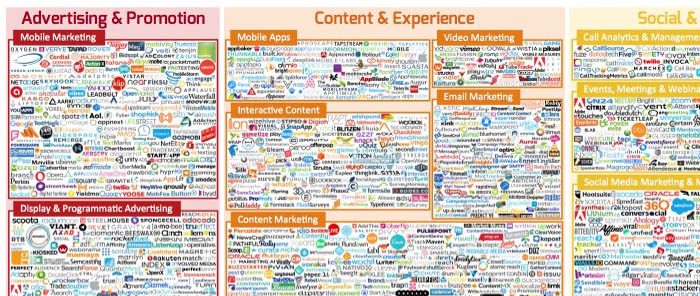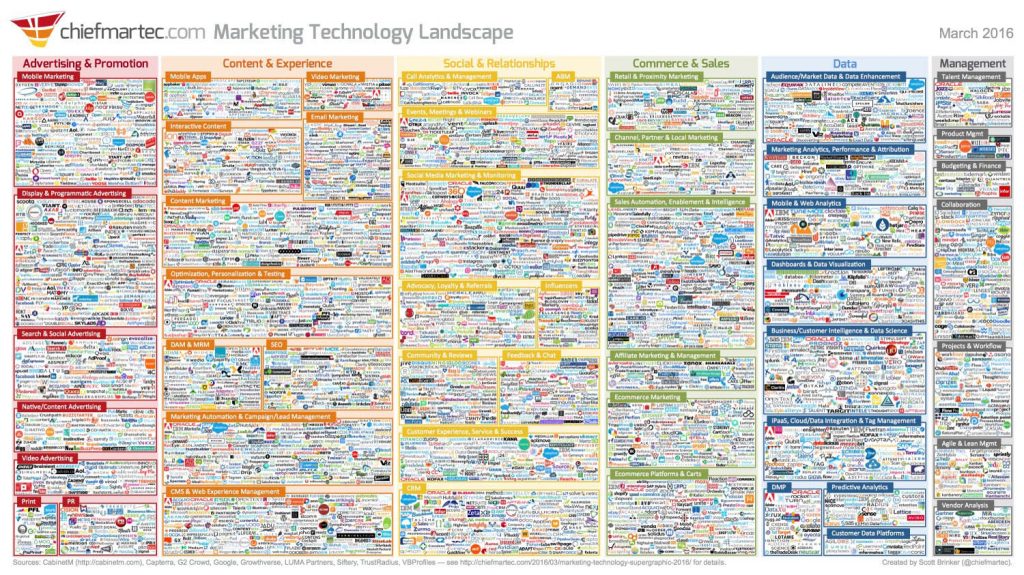
Don’t Let Your Marketing Stack Stack the Odds Against Your Marketing
Digital Marketing Manager
Burns360
The marketing stack. Also known as the marketing technology stack or your “mar-tech” stack. Whatever you call it, it is valuable and something that will become far more commonplace (and important) in the future.
Put simply, your marketing stack is the suite of software your marketing team uses to do their job more effectively. For example, a fairly common stack would consist of the following:
- Your website’s Content Management System (CMS)
- Your company’s Customer Relationship Management system (CRM)
- Any miscellaneous software-as-a-service (SAAS) that manages a specific function, such as website analytics, online leads, email/direct marketing, and so on.
That’s a lot of acronyms, right? Admittedly, the first time I heard these terms in conjunction, they did seem a bit daunting. And, if you’re new to digital marketing, you may be wondering what each type of software would do for your business. You know that you need it, but you’re not sure how and why.
And that, is exactly my point today.
Chiefmartec published the study above back in 2016 to attempt to paint a landscape of all currently emerging marketing technologies. Suffice to say, business is booming. These companies have seen the opportunity and growth of digital and are capitalizing on it with gusto.
The problem, however, is which ones do you choose for your business out of such an overwhelming maze? Don’t get me wrong, this abundance of choice is good. As a consumer, you are nearly guaranteed to be able to create a customized stack exactly for your needs. However, it is the latter part—your needs—that are critical to determine first. It is very easy to overspend on a stack without a strategy in place.
And guess what? Every vendor will tell you their solution is the best. So how do you get objective information when your business increasingly demands a technology component to your marketing?
Here are some tips on how to create a stack heavily in your favor:
- Start from a problem statement. Put aside the computer for a moment and discuss with your team: what business challenge are we trying to solve? Is it the lack of marketing data from a specific audience/channel? Is it internal process efficiency (such as timely response to leads)? Or is our challenge even to determine whether there is a marketing problem in the first place? Whatever it is, find and refine your question as precisely as you can.
- Don’t get too caught up in the sales pitch. I have been on the receiving end of many sales calls promoting their mar-tech as the next big thing you can’t afford to live without. For the best mar-tech providers, their sales teams are trained to impress—which is ultimately a good thing for everyone concerned. But the real gold is found in the details. Remember to ask as detailed questions as possible that relate to your situation. I personally never purchase a software until I’ve received a full hands-on demo and talked to their tech specialist about its specific functionality. Bonus points to you and the vendor alike if the salesperson is as eager to promote their product after hearing your questions.
- Determine human resources. It seems counterintuitive for a software product to be limited by human resources, right? But, believe you me, no marketing software will ever produce the ROI you want if left to run by itself. At the end of the day, someone has to know how to use the software and integrate it successfully into your day-to-day business. Automation isn’t a solution; it’s a tool, but the opposite should be true for the people you have on your marketing team.
Ready to start building your marketing stack? Drop us a line and let’s start the conversation!



